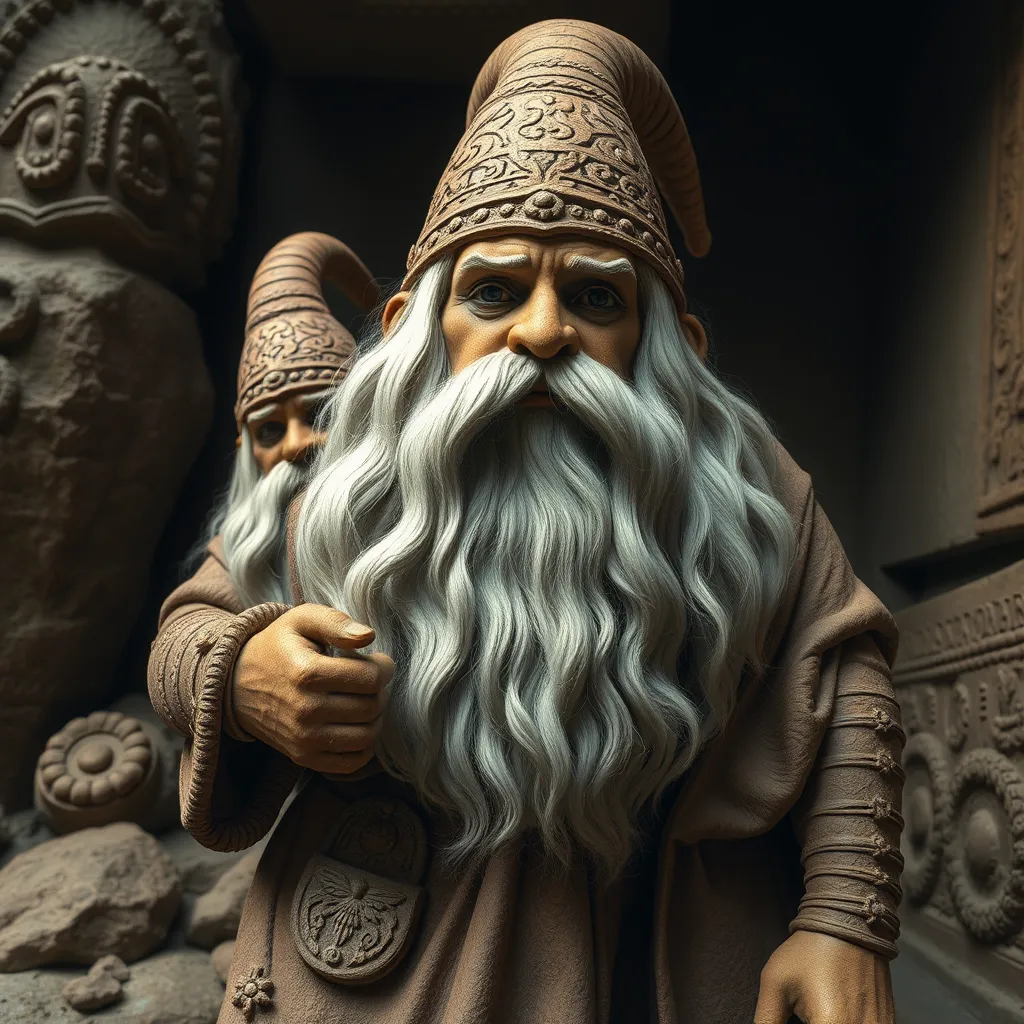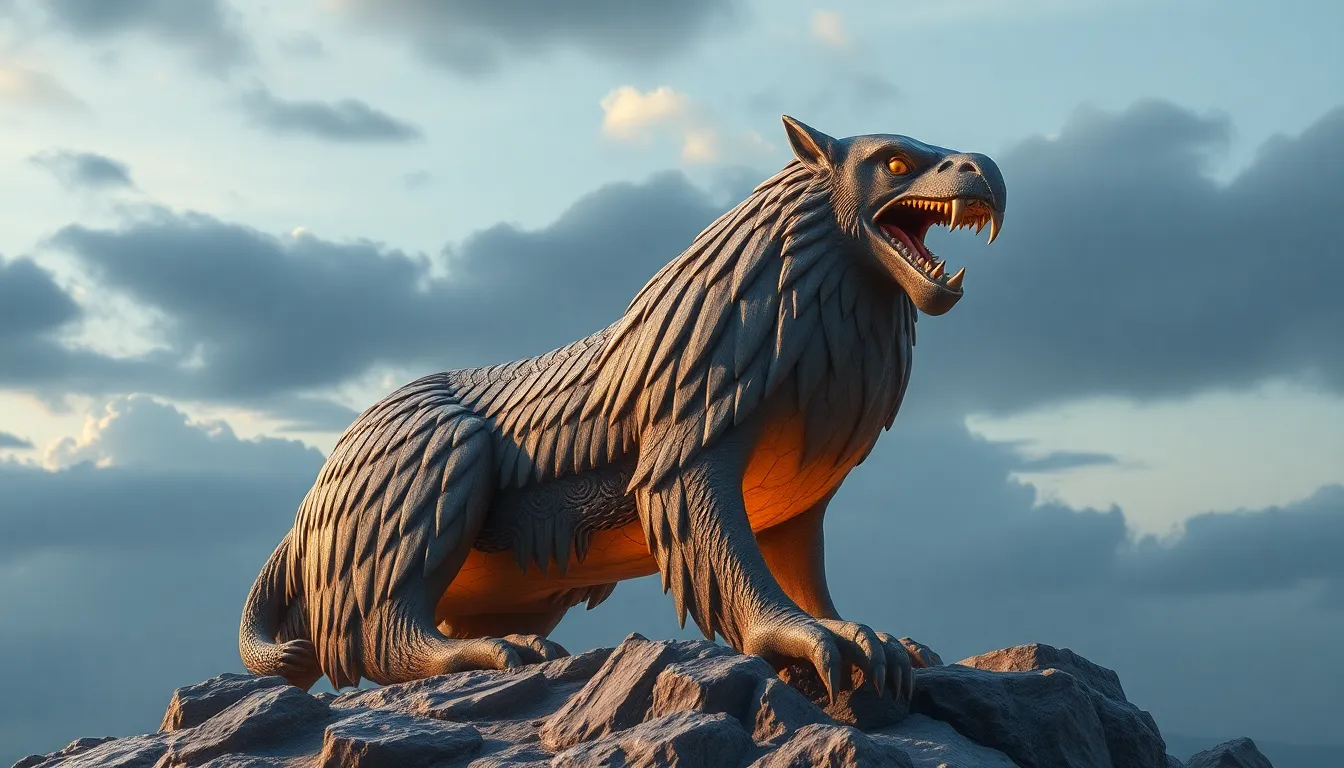The Hidden Histories: Unearthing the Untold Stories of Dwarves in Ancient Greece and Rome
I. Introduction
Dwarves have been a fascinating element of human history, often overlooked in mainstream narratives. In ancient cultures, particularly in Greece and Rome, dwarves held unique positions that varied from entertainers to symbols of wisdom. Understanding their significance provides insight into historical attitudes towards disability and diversity.
This article aims to explore the historical roles and representations of dwarves in ancient Greece and Rome, revealing the complexities of their societal roles and the narratives that shaped public perception.
II. Historical Context: Dwarves in Antiquity
A. Defining dwarfism in ancient texts and society
Dwarfism, as understood today, encompasses a variety of medical conditions resulting in short stature. In ancient texts, however, the definitions and implications were often less nuanced. Dwarves were frequently described in terms of their physical characteristics, which were sometimes exaggerated for dramatic effect.
In ancient Greek and Roman societies, individuals with dwarfism were sometimes referred to using specific terms that indicated their stature while also reflecting societal attitudes towards them.
B. Common misconceptions and stereotypes in ancient narratives
Ancient narratives often perpetuated stereotypes about dwarves. They were sometimes depicted as comical figures or objects of ridicule, contrasting with more positive representations as wise counselors or skilled artisans. This duality reflects a complex societal view that combined awe with stigma.
III. Social Status and Roles of Dwarves
A. Employment and roles in households and courts
Dwarves in ancient societies often occupied specific roles, particularly within households and royal courts. They were valued for their companionship and were sometimes employed as servants or attendants. Their presence in elite households often signified status.
- Attendants to noble families
- Specialized roles in medical or artistic fields
- Trainers or caretakers for children of the elite
B. Dwarves as entertainers and performers in ancient times
One of the most notable roles for dwarves was as entertainers. They were often featured in theatrical performances and circuses, where their physicality could be showcased. This role highlighted their ability to evoke laughter and joy, despite sometimes being subject to ridicule.
C. The duality of perception: from object of ridicule to symbols of wisdom
The perception of dwarves fluctuated between being seen as objects of humor and respected figures of wisdom. Many dwarfs were celebrated for their intelligence and insight, holding positions of counsel within noble circles. This duality reveals much about societal values and the complexities of human relationships.
IV. Artistic Representations of Dwarves
A. Analysis of sculptures, pottery, and frescoes depicting dwarves
Art from ancient Greece and Rome provides significant insight into the societal views of dwarves. Sculptures and pottery often depicted dwarves in various contexts, from domestic scenes to mythological representations. These artworks serve as a lens through which we can understand the nuances of their roles.
For example, many frescoes showed dwarves in comedic roles, while others illustrated them as part of mythological narratives, suggesting a more complex societal acceptance.
B. The significance of these representations in understanding societal views
The artistic depictions of dwarves reveal the tensions in how they were viewed by society. While some art portrayed them as jesters, others depicted them in dignified roles, suggesting a broader understanding of their contributions and humanity.
V. Mythology and Folklore
A. Dwarves in Greek and Roman mythology: gods, gods, and mythical creatures
Dwarves appeared in various mythological stories, often characterized as clever and resourceful. They were depicted in tales alongside gods and heroes, illustrating their importance in the mythological canon. For instance, the figure of Hephaestus, the god of craftsmanship, is sometimes associated with dwarf-like characteristics.
B. Comparative analysis with other cultures’ representations of dwarves
When compared to other cultures, the representation of dwarves in Greek and Roman mythology shares similarities and differences. Many cultures also have figures akin to dwarves, such as the Norse dwarves known for their craftsmanship and wisdom. This comparative analysis highlights the universal themes of both reverence and ridicule associated with these figures.
VI. Case Studies: Notable Historical Figures
A. Examination of specific individuals: their lives and impacts on society
Several notable historical figures with dwarfism left lasting impacts on society, such as the Roman court dwarf, Pindar. Pindar was known for his wit and intelligence, often serving as a trusted advisor. His life exemplifies the potential for individuals with dwarfism to influence the elite circles of their time.
B. Accounts from ancient texts highlighting the contributions of these figures
Ancient texts provide accounts of individuals like Pindar, illustrating their contributions and the respect they garnered. These narratives challenge the notion that dwarves were solely objects of mockery, revealing their multifaceted roles in society.
VII. The Legacy of Dwarves in Ancient Civilizations
A. How ancient perceptions influence contemporary views on dwarfism
The legacies of dwarves in ancient civilizations continue to influence contemporary views on dwarfism. Modern society often grapples with similar stereotypes and biases that were prevalent in antiquity, demonstrating the importance of understanding historical contexts.
B. The ongoing relevance of these historical narratives in modern discussions
These historical narratives serve as a foundation for contemporary discussions about disability and diversity. By recognizing the roles of dwarves in ancient societies, we can foster a more inclusive understanding of differences in today’s world.
VIII. Conclusion
Unearthing the hidden histories of dwarves in ancient Greece and Rome is crucial for understanding their significance in antiquity. By exploring their roles, representations, and contributions, we gain a deeper appreciation for the complexities of human experience.
As we continue to delve into these narratives, it is essential to encourage further research and recognition of dwarfism in ancient history, promoting a more inclusive and nuanced understanding of our shared past.



